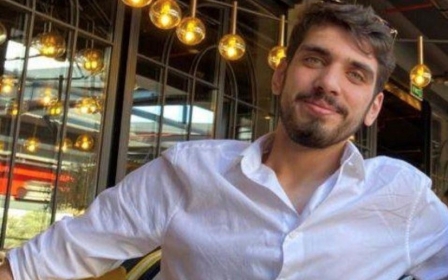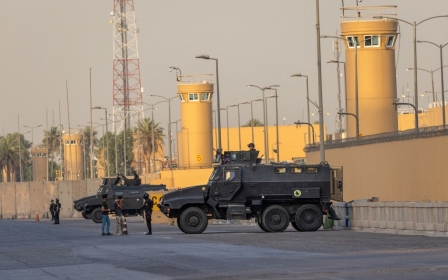
Iraq: Four years after fall of Islamic State, Mosul's reconstruction slowly continues

The liberation of the northern Iraqi city of Mosul was announced by then prime minister Haider al-Abadi on 10 July 2017. Four years on, Abadi is long gone, but the city's residents are still recovering from the impact of three years of the Islamic State's brutal rule. (Photos by MEE/Ismael Adnan, Mosul, July 2021)
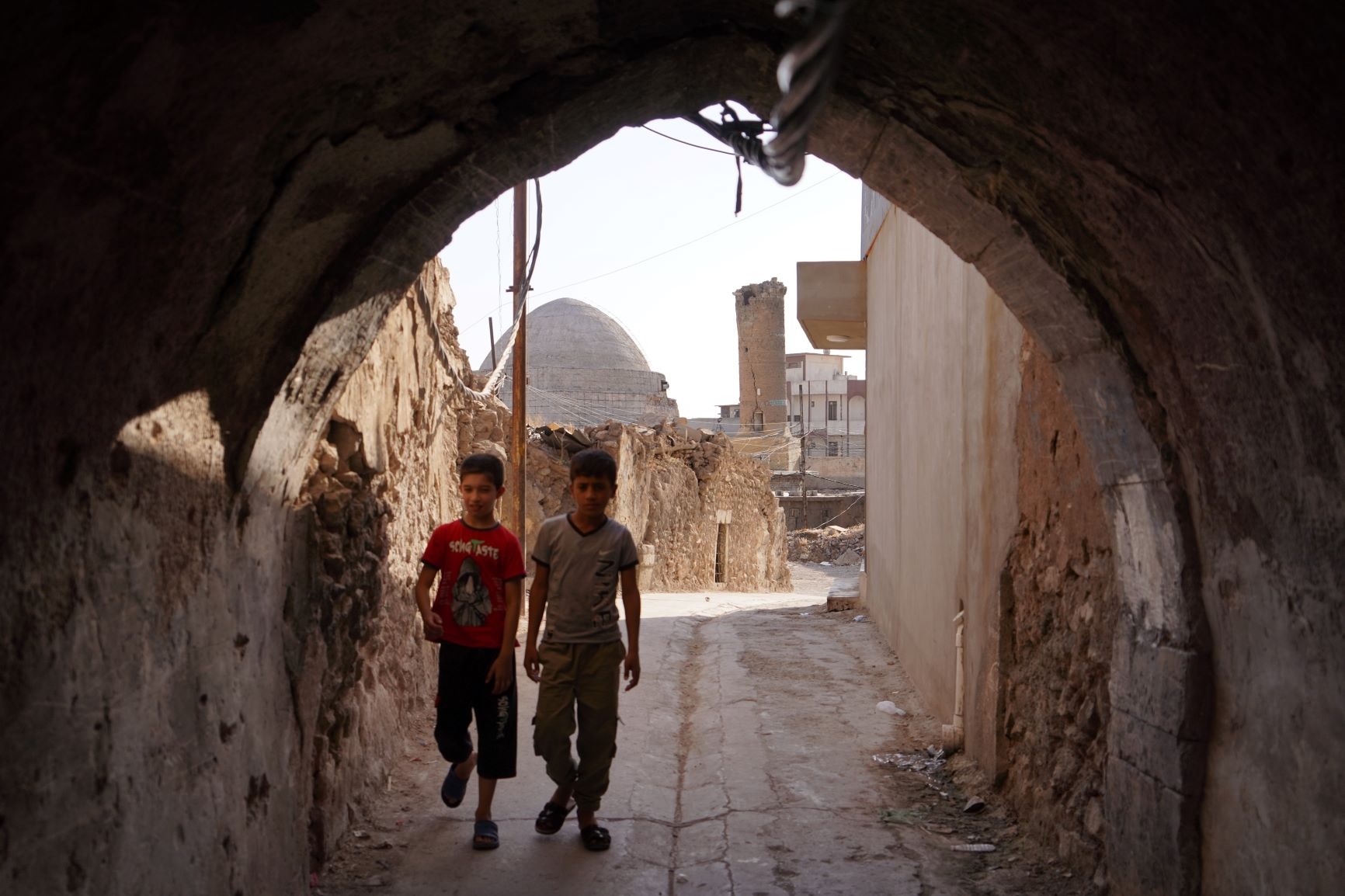
The battle for liberation of Mosul lasted nearly nine months, starting on 16 October 2016 and involving nearly 100,000 personnel from the army, the police, the Kurdish Peshmerga, the paramilitary Hashd al-Shaabi and tribal forces, with the support of the international coalition against IS. (MEE/Ismael Adnan, Mosul, July 2021)
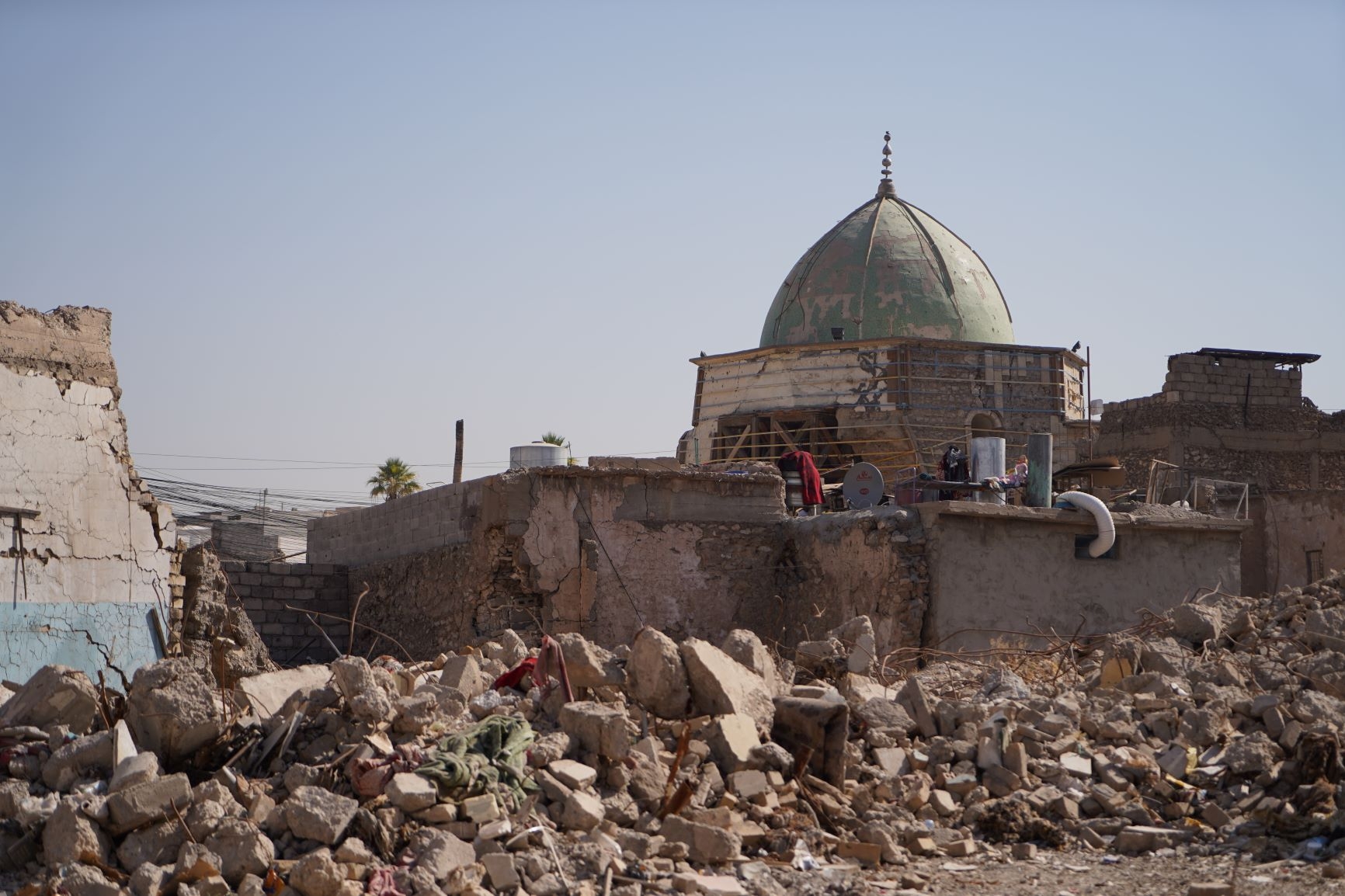
The aftermath of the battle is still visible in the old area of the city, which contains a range of heritage houses as well as mosques and churches dating back hundreds of years. (MEE/Ismael Adnan, Mosul, July 2021)
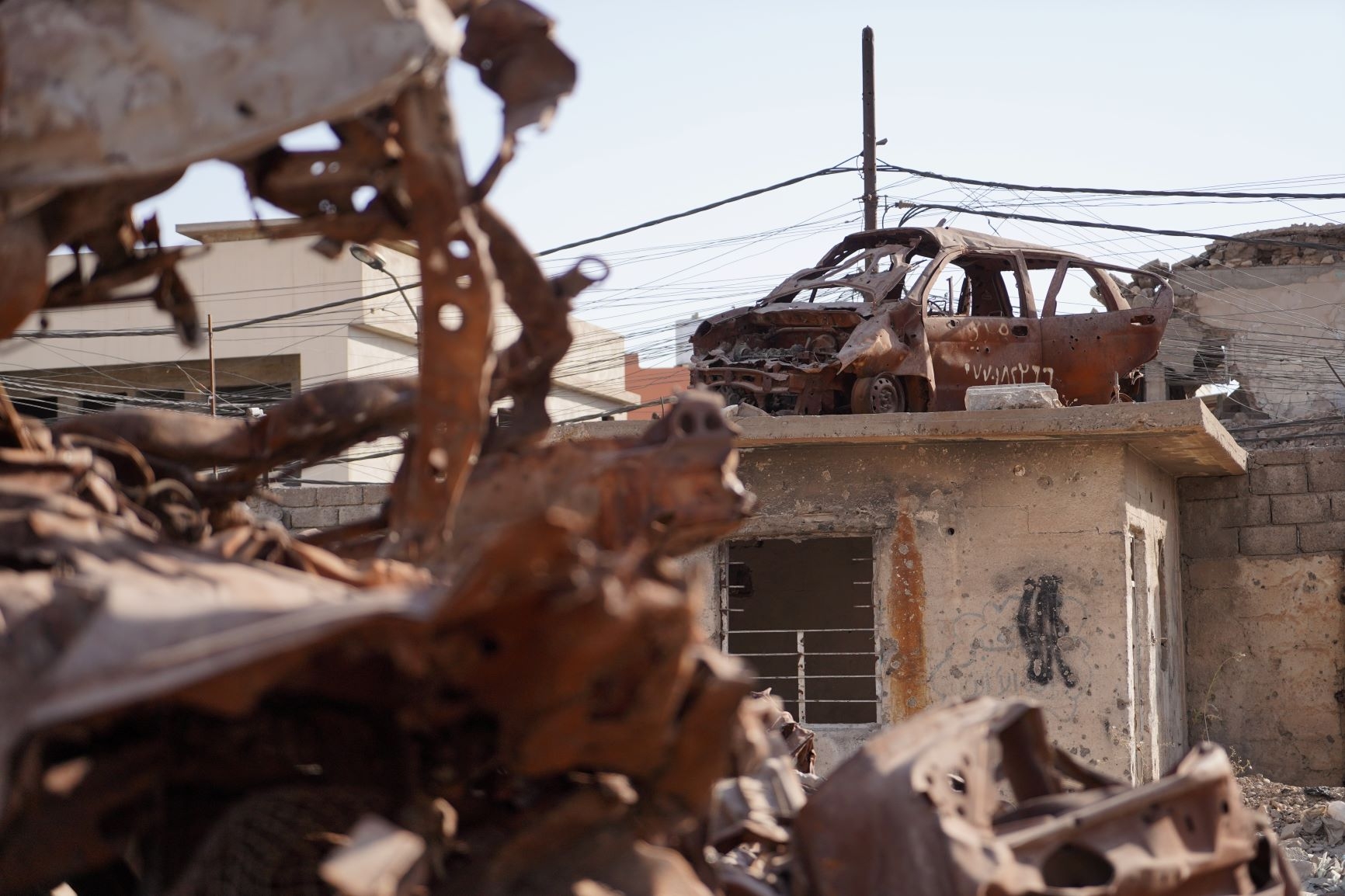
Many Mosulis are still suffering from a lack of attention from the Baghdad government, with many of them not returning to their former areas because their houses were severely damaged by the liberation operation. After four years, the government has not moved to seriously to rebuild the homes of many Mosulis. (MEE/Ismael Adnan, Mosul, July 2021)
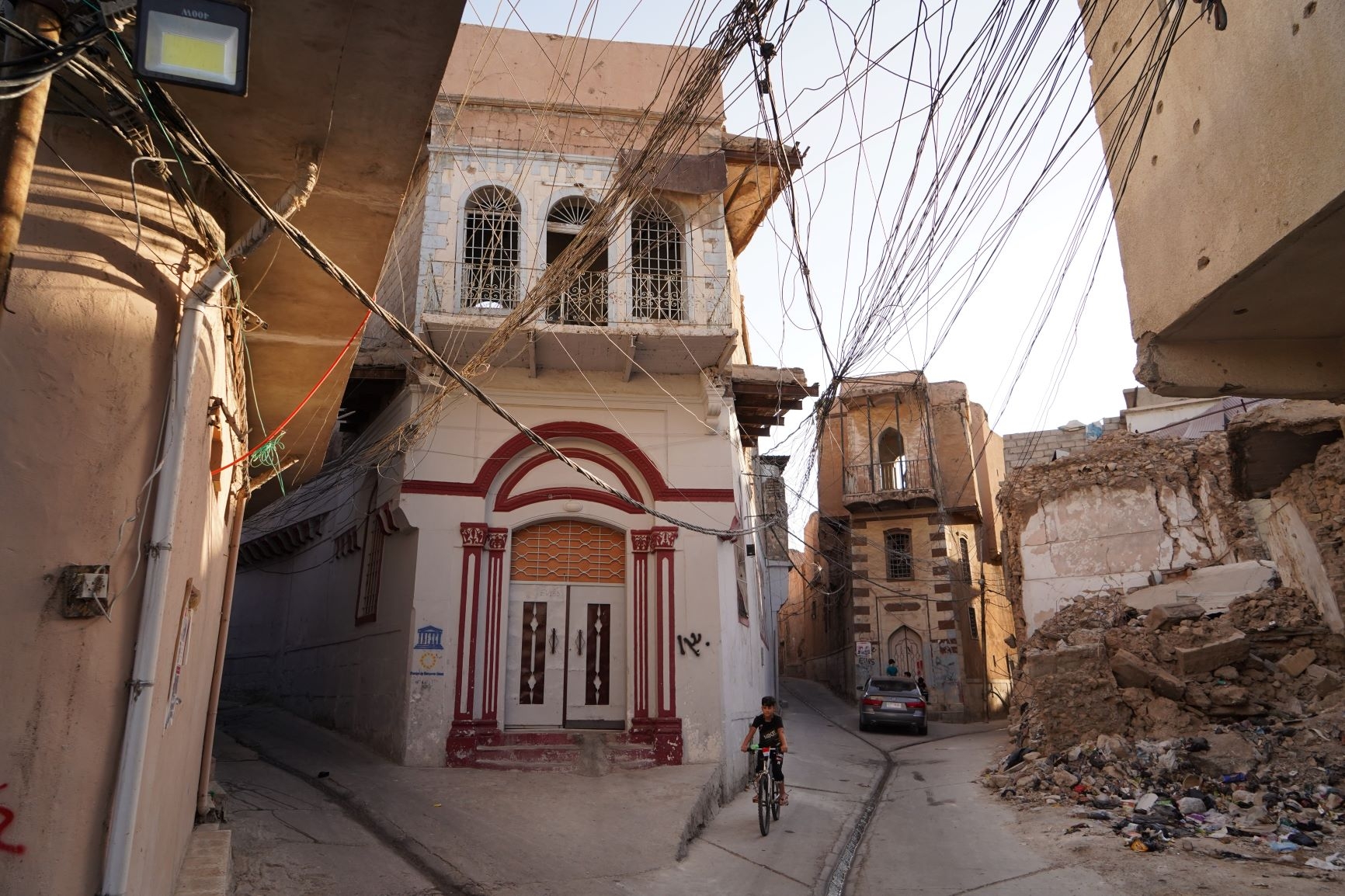
The daunting task of rebuilding their lives has not deterred some residents. "The area is not suitable for habitation due to the amount of destruction and devastation, but I decided to return in 2019 to repair my house, which is in the Al-Midan area overlooking the Tigris River," said Laith Abu Abdullah.
"So I started collecting what I had of money, and with the help of some organisations, associations and volunteersn my family and I were the first to return to this area, which lacked the most basic necessities of life, such as water and electricity. After I returned, some other families also returned to the area, What I did was like spreading hope among the rubble." (MEE/Ismael Adnan, Mosul, July 2021)
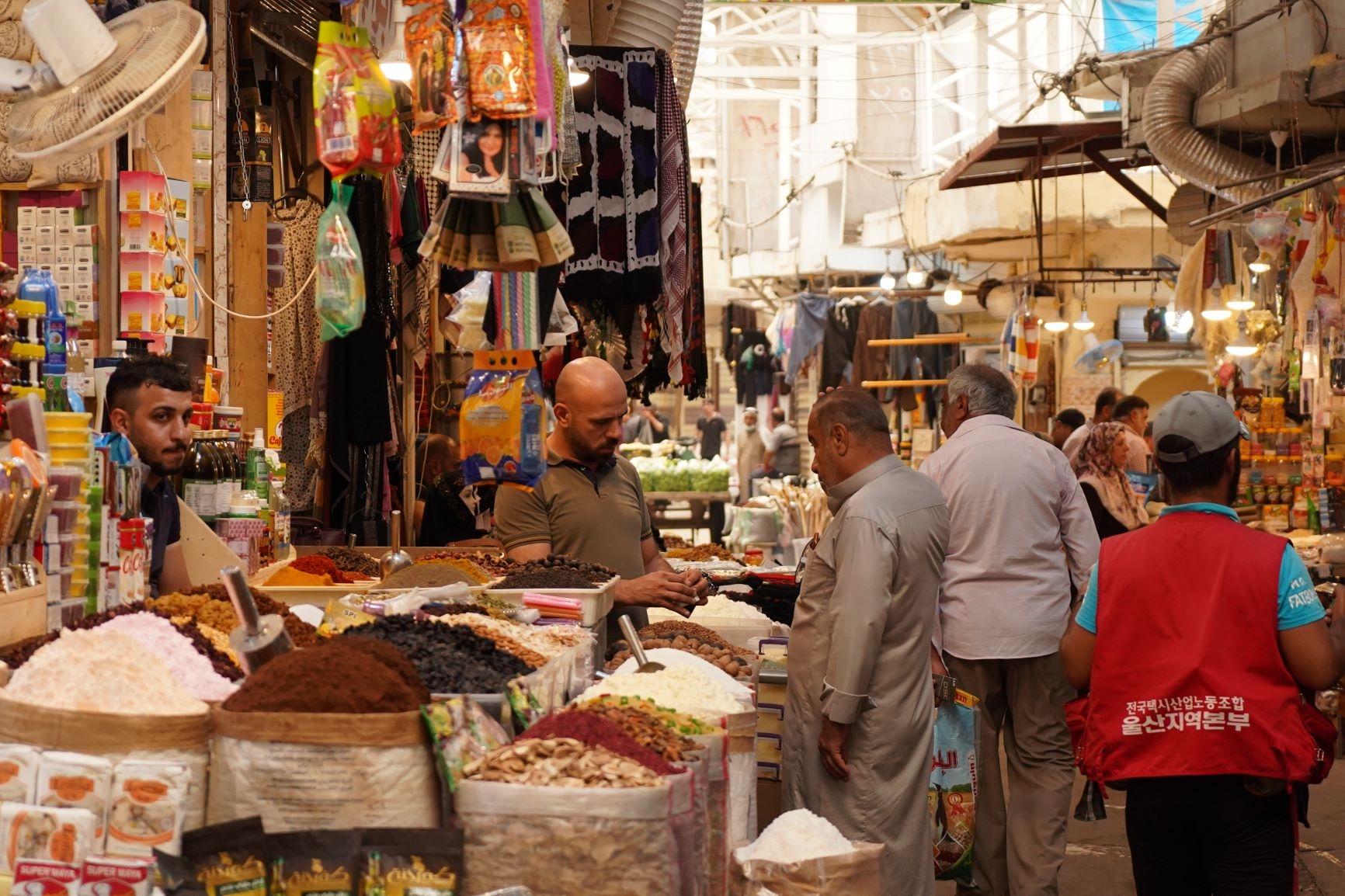
Many of the old city markets have opened their shops as a result of local efforts, including the Bab Al-Saray market, which was the first to be reconstructed and opened after it was obliterated during the war.
The market has a special spirit and flavour for the people of the city, since it is in the heart of the old city of Mosul. The market-goers are not only people from the city, but also from the outskirts and beyond as it contains all their needs and prices are more appropriate than in other places. (MEE/Ismael Adnan, Mosul, July 2021)
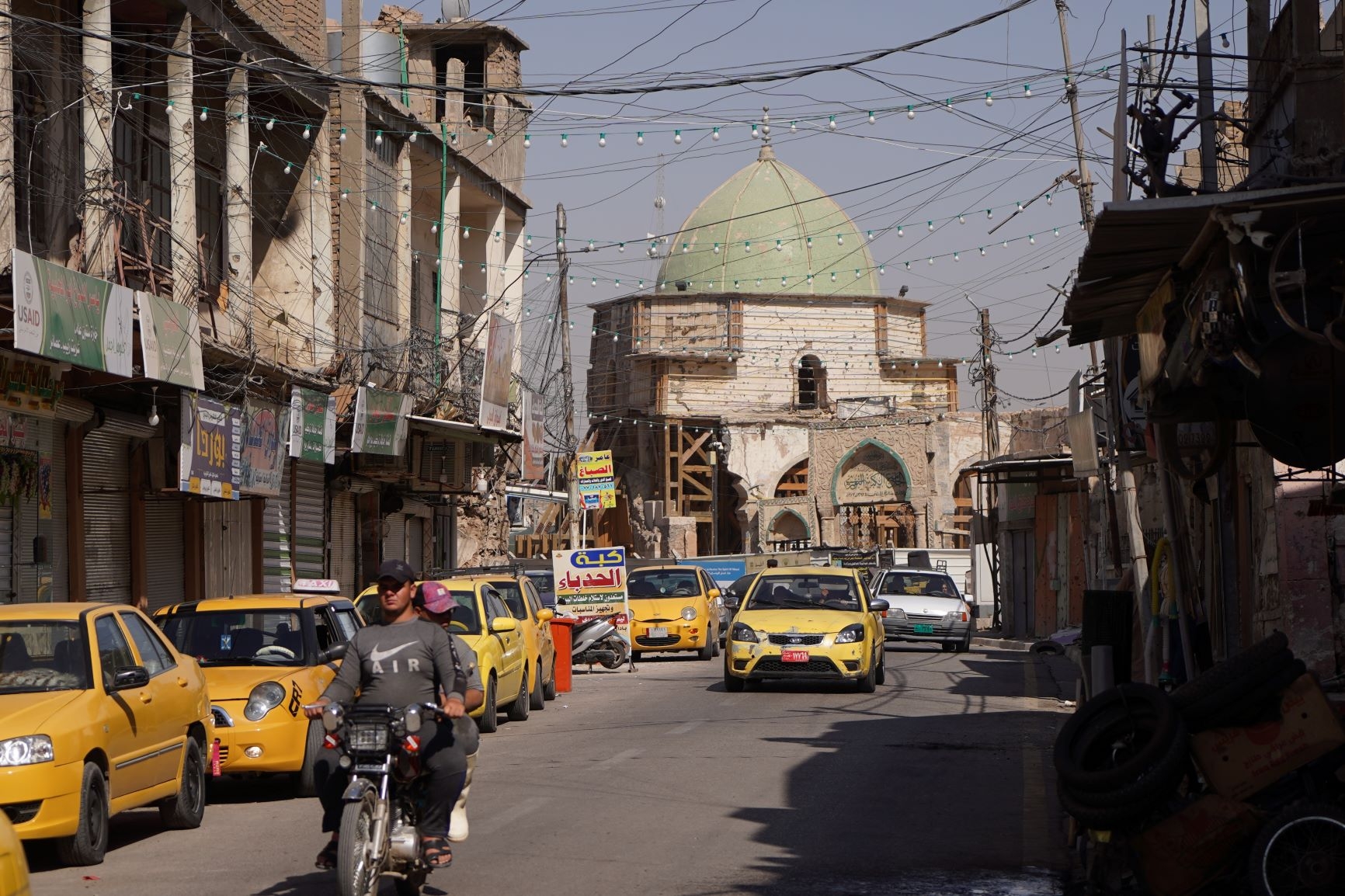
There are continuing reconstruction works for heritage and mosques and churches in the city - UNESCO launched an initiative to revive the spirit of Mosul in February 2018 with the aim of reconstructing and reviving the city's heritage, which the Islamic State group tried to destroy. They began with Al-Nuri Mosque, the second mosque built in Mosul's history, from which IS leader Abu Bakr al-Baghdadi had declared his caliphate. (MEE/Ismael Adnan, Mosul, July 2021)
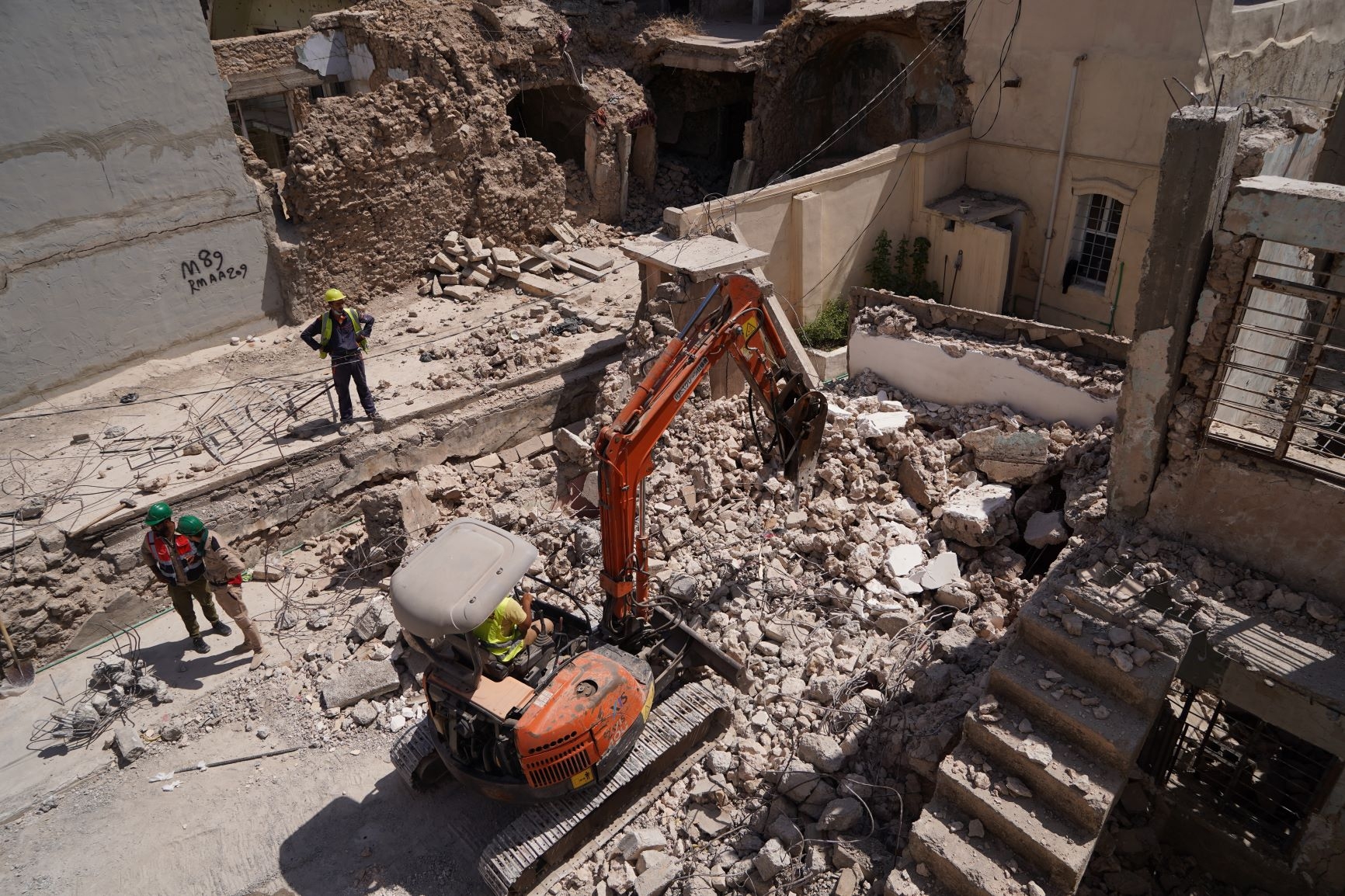
"Volunteer teams have worked since the beginning of 2018 on campaigns to remove rubble, beginning with the Dunber campaign, which cleared more than 21,000 dunams [2,100 hectares], which was more than 21,000 cubic meters of rubble, and [this] contributed to being the seed for the return to life for nearly 1,000 families, especially [in] the old area," said Ayoob Thanoon, a project manager at the Volunteer with Us organisation.
"This campaign was completely voluntary and with the donations of benefactors. After that, international organisations and youth teams also started campaigns to remove the rubble. Mosul had lost more than 25,000 housing units, and most of its infrastructure was destroyed." (MEE/Ismael Adnan, Mosul, July 2021)
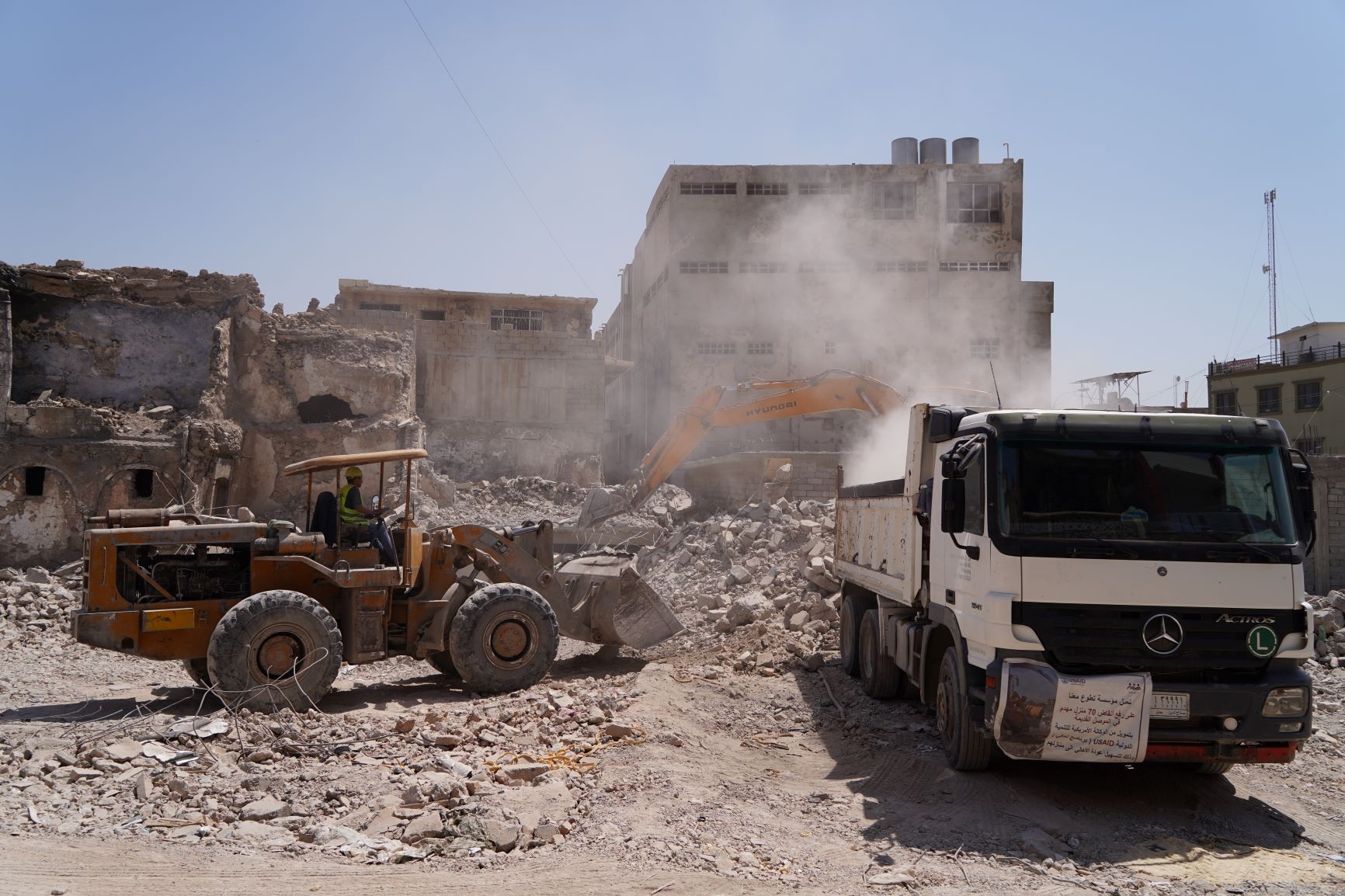
"The effects of the war are still visible, and many residential homes are still demolished, and their owners do not have the money to remove and raise the rubble because there is no government compensation," said Thanoon.
"So we are working today as a volunteer group in Volunteer With Us to remove the rubble of 70 destroyed houses in old Mosul with support from a recovery programme, to remove the first obstacle to the return of the people to reconstruct their homes.
"This activity comes within a series of activities we have worked on, including the restoration of dozens of homes for needy families, as well as the restoration of two schools [Shamoun Al-Safa School and Al-Rasheed School] with the donations of benefactors and the voluntary efforts of our team consisting of more than 150 young men and women in Mosul."
(MEE/Ismael Adnan, Mosul, July 2021)
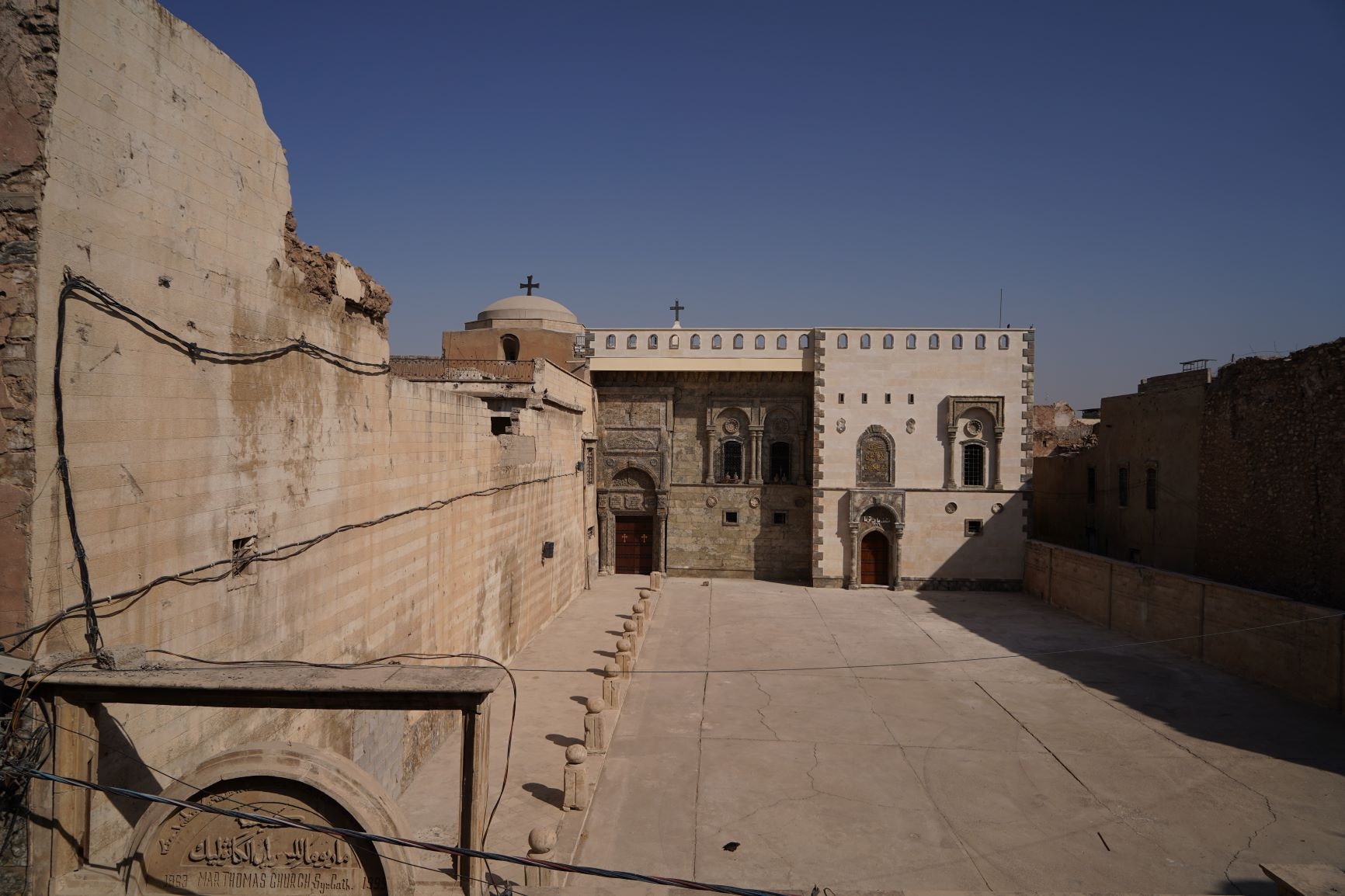
Members of the previously persecuted Christian community have also been returning to the city since the removal of IS.
"Mosul is dear to us, and it is like a mother to us. That is why I decided to return to it only two months after the liberation of Mosul from IS," said Bashar Hanna.
"I lived in the city of Dohuk after we were displaced due to the occupation of our city by IS in 2014, but I could not see my psychological comfort except in the city of Mosul with my Muslim friends, and this is what I found when I came back. I am now happy, and I feel very happy to be back in my city." (MEE/Ismael Adnan, Mosul, July 2021)
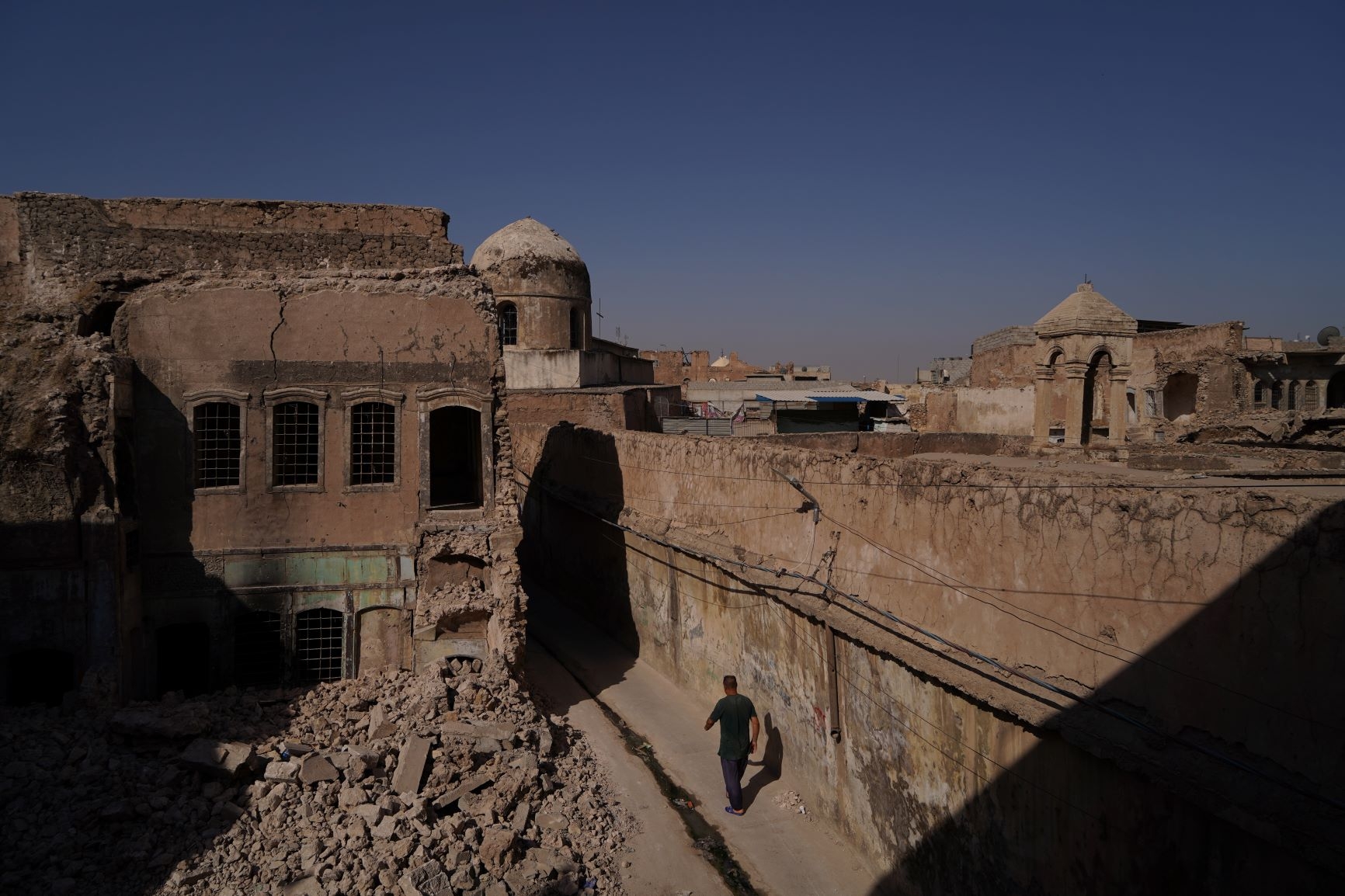
The city of Mosul, which once was home to thousands of Christians, has had only about 50 Christian families return since fleeing IS persecution.
With the partial return of Christians, the city has also witnessed the inauguration of the Mar Toma Church for Syriac Catholics in the old area of the city - the first church to be reconstructed with the help of donations from the church's sons and a Christian organisation. (MEE/Ismael Adnan, Mosul, July 2021)
Middle East Eye delivers independent and unrivalled coverage and analysis of the Middle East, North Africa and beyond. To learn more about republishing this content and the associated fees, please fill out this form. More about MEE can be found here.


